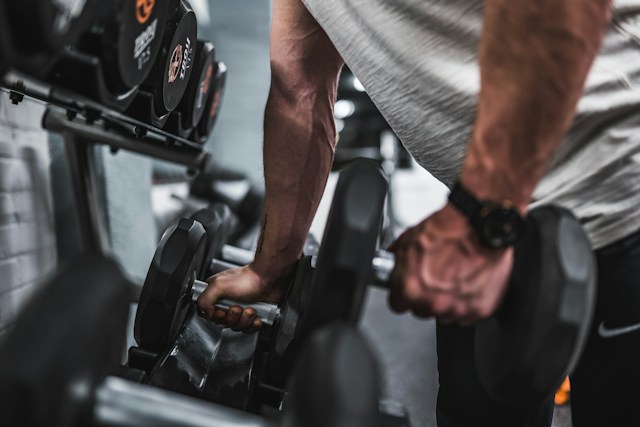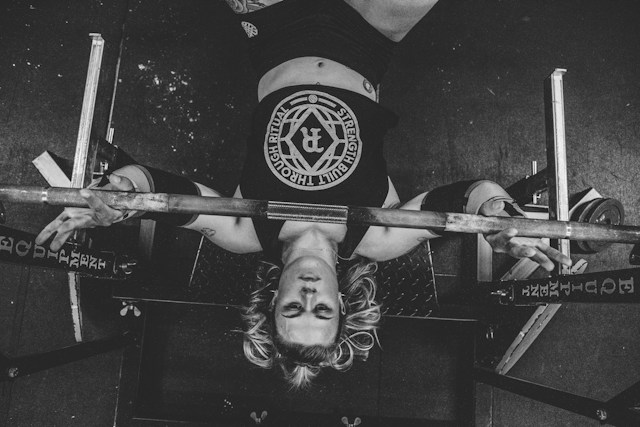Introduction:
Maintaining good posture and building core strength are crucial elements of overall well-being. Not only do they contribute to a more aesthetically pleasing appearance, but they also play a pivotal role in preventing back pain, enhancing balance, and supporting overall physical health. In this blog post, we will explore practical tips to help you improve your posture and strengthen your core muscles.
Conscious Posture Awareness: The first step towards achieving better posture is being mindful of your body’s alignment. Pay attention to the way you sit, stand, and walk. Avoid slouching and make a conscious effort to keep your shoulders back and your spine straight. Regularly check in with your posture throughout the day to establish good habits.

Ergonomic Workstations: If you spend a significant amount of time at a desk or working on a computer, invest in an ergonomic workstation. Adjust your chair, desk, and computer screen to optimal heights to prevent strain on your neck and back. Use a chair that supports the natural curve of your spine, and consider incorporating a standing desk into your routine.

Strengthen Your Core: A strong core is essential for maintaining good posture. Include core-strengthening exercises in your fitness routine, such as planks, crunches, and leg raises. Pilates and yoga are also excellent options for improving both core strength and overall flexibility.

Regular Stretching: Tight muscles can contribute to poor posture. Incorporate stretching exercises into your daily routine to promote flexibility and release tension. Focus on areas such as the chest, shoulders, hip flexors, and hamstrings. Stretching not only improves posture but also helps prevent injuries.

Balanced Strength Training: In addition to core-specific exercises, engage in a well-rounded strength training program. Strengthening other muscle groups, including your back, shoulders, and legs, helps create a balanced and supportive framework for your body. Consult with a fitness professional to design a personalized workout plan.

Mind-Body Connection: Cultivate a strong mind-body connection to enhance your awareness of how your body moves and feels. Practices like mindfulness meditation and tai chi can help you develop a deeper understanding of your body’s alignment and movement patterns.

Regular Breaks and Movement: Prolonged periods of sitting or standing in one position can lead to poor posture. Take short breaks throughout the day to stand, stretch, and move around. Set reminders to encourage regular breaks, especially if you have a sedentary job.

Proper Footwear: The foundation of good posture starts from the ground up. Choose footwear that provides proper support and aligns your body correctly. High heels, for example, can affect your posture negatively, so use them sparingly.

Maintain a Healthy Weight: Excess weight can put strain on your spine and contribute to poor posture. Adopting a healthy diet and regular exercise routine can help you maintain a weight that supports your overall well-being.

Professional Guidance: If you struggle with persistent posture issues or back pain, consider seeking professional guidance. Physical therapists, chiropractors, and fitness experts can provide personalized assessments and recommendations to address your specific needs.
Conclusion:
Improving posture and core strength is a journey that requires commitment and consistency. By incorporating these tips into your daily life, you can foster habits that promote a strong, aligned, and resilient body. Remember, small changes over time can lead to significant improvements in your posture and overall well-being.
